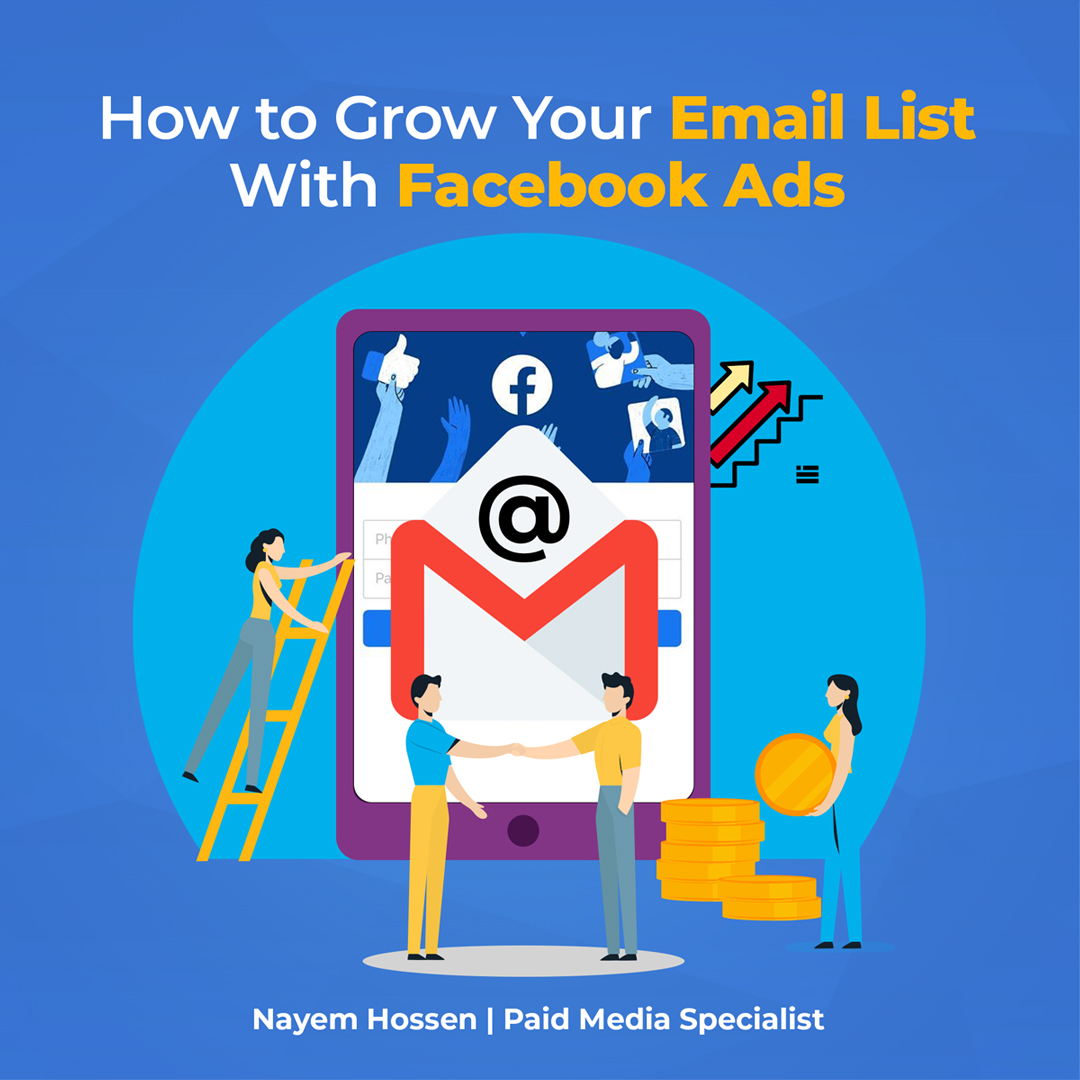Return on Ad Spend (ROAS) is a critical indicator in digital marketing that may make or break the effectiveness of your campaigns. Understanding what defines a “good” ROAS is especially important when it comes to Facebook Ads, a powerful platform for businesses to reach their target demographic. In this post, we will delve into the complexities of ROAS, investigate the aspects that influence its interpretation, and throw light on what might be considered a suitable ROAS for your Facebook ad efforts.
Recognizing ROAS
Simply said, ROAS is a statistic that evaluates the income gained for every dollar spent on advertising to determine the efficacy of your advertising initiatives. It’s a quantifiable approach of determining how well your advertising efforts are turning into income. ROAS is computed mathematically by dividing the money earned by advertisements by the amount spent on those ads and then multiplying by 100 to express it as a percentage.
ROAS = (Ad Revenue / Ad Spend) 100
For example, if you spent $1,000 on Facebook marketing and got $5,000 in sales, your ROAS would be 500%, suggesting that you earned $5 for every dollar spent on marketing.
The Meaning of “Good”
The definition of a “good” ROAS is not universal and is heavily influenced by your business strategy, industry, and profit margins. A satisfying ROAS for one company may not be the same as for another. A high-end luxury business with considerable profit margins, for example, may require a lower ROAS to consider a campaign successful, but an e-commerce startup with tighter margins may require a higher ROAS to sustain profitability.
ROAS Interpretation Factors
- Business Goals and Objectives: The broad aims of your company are critical in evaluating what defines a strong ROAS. Do you want to increase brand exposure, increase revenue, or enhance client lifetime value? Each aim may have a distinct ROAS tolerance.
- Profit Margins: It is critical to understand your profit margins. A company with higher profit margins may tolerate a lower ROAS while still remaining profitable, whereas a company with lower profit margins may require a higher ROAS to sustain survival.
- Industry Norms: The degrees of competition and customer behavior differ by industry. Benchmarking your ROAS versus industry averages might give insightful information about your performance.
- Customer Journey Length: Think about how long and intricate your customer journey is. Because leads take time to convert, a lengthier sales cycle may result in a lower ROAS at first.
- Type of Ad Campaign: The type of ad campaign is very important. Are you doing awareness or direct response campaigns? The goals of these campaigns will have an influence on the predicted ROAS.
- Audience Quality: The caliber of your target audience is important. Are your advertising reaching a smaller but more engaged audience, or are they reaching a larger but less engaged audience? The former is more likely to provide a higher ROAS.
Setting ROAS Objectives
Defining your ROAS goals should be a thoughtful approach that is tailored to your company’s unique circumstances. Here’s a step-by-step procedure:
- Examine Historical Data: If you have previous Facebook ad campaign data, examine it to determine your typical ROAS. This may be used as a starting point for goal planning.
- Understand Profit Margins: Determine your profit margins for the items or services you are promoting. This will give you an idea of how much revenue you’ll need to meet your expenses and produce a profit.
- Consider Advertising expenditures: Consider all advertising expenditures, such as ad spend, creative development, and management fees.
- Consider Long-Term worth: If your company relies on recurring customers or subscription models, consider a customer’s long-term worth. If it leads to strong client retention and further sales, a lower initial ROAS may still be acceptable.
- Align with company targets: Ensure that your ROAS targets are in line with your overall company objectives. Depending on the aim of the campaign, multiple permissible ROAS may exist.
Monitoring and Improvement
Whatever your initial ROAS objectives were, the journey does not end there. Continuous monitoring and adjustment are required to guarantee the best possible results. Keep an eye on the performance of your campaigns and alter your strategy as appropriate.
The concept of a “good” ROAS for Facebook Ads is a complicated term driven by a variety of business-specific factors. Your ROAS targets must be tailored to your industry, profit margins, company objectives, and campaign type. You may strike a balance between effective ad expenditure and income creation that matches your specific company goals by thoroughly knowing these factors and continuously reviewing your success. Remember that your journey in the world of Facebook Ads is fluid, and ROAS is a guiding light rather than a definitive standard.




